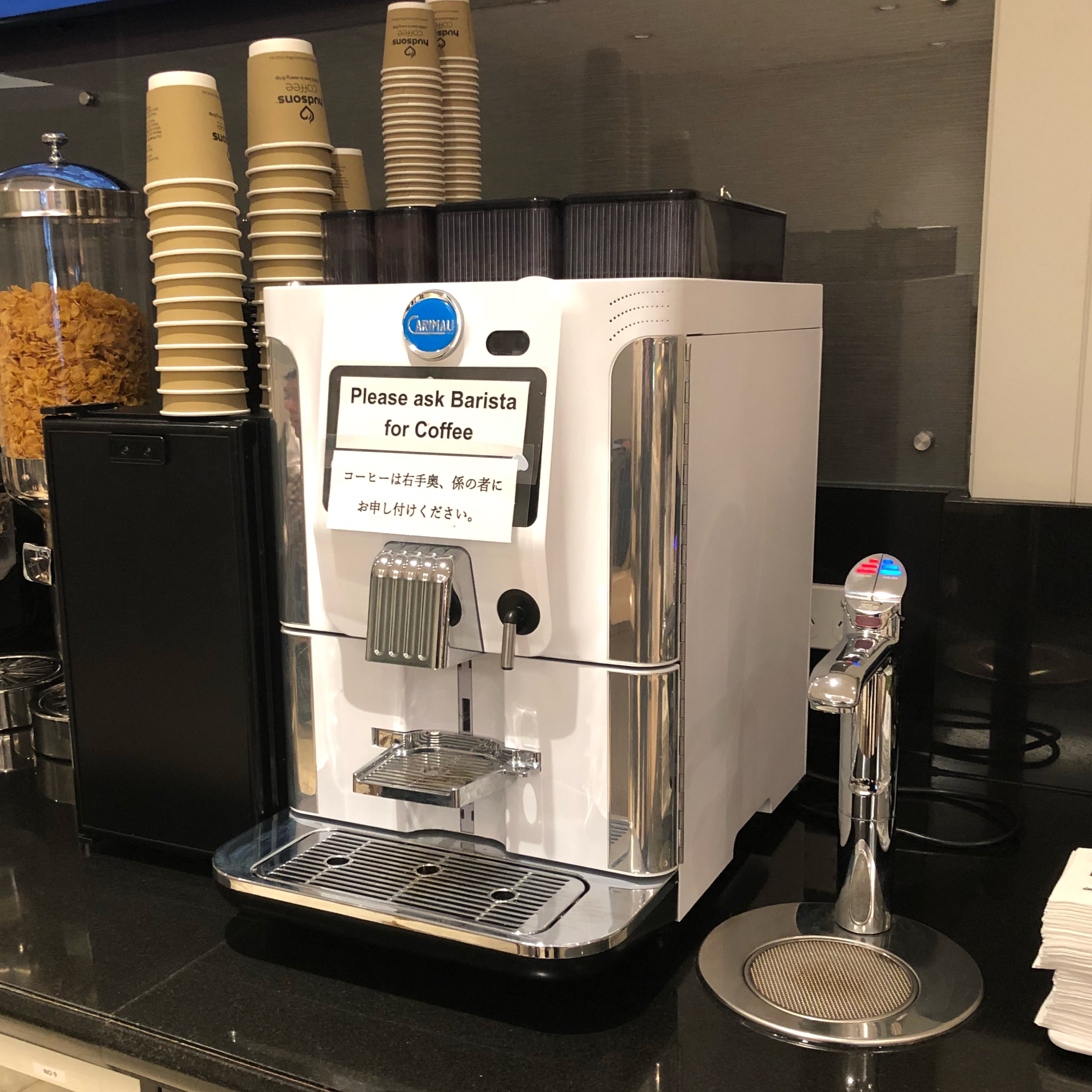Just another day in Tokyo (pt 1)

Just another day in Tokyo (pt 1)

Sega’s doing alright


At a lounge in MEL Airport. This is so Melbourne. This machine would beat 90% of the American coffees I’ve had to drink, yet not good enough. Go see the live barista a few metres away instead.

Misty Robotics has me excited. Read this post https://medium.com/mistyrobotics/10-year-plan-24d278479ceb and then save $100 off yours https://go.referralcandy.com/share/3V9WZLD
Canon gave up supporting the Selphy CP770 photo printer years ago, for seemingly no reason. Some time later, a gentleman named Christian Spuller hacked together the drivers for some Selphy printers to work on Yosemite (Mac OS X 10.10), and made them available at his website. However, it still didn’t work with the CP770. But, with a text edit of the drivers at Canon’s website, you can get it all working in 2018 on at least MacOS 10.13.4. It’s a little convoluted, and requires re-adding your existing configured printers, but if you’re not afraid of the command line, it saves you having to buy a new printer for no reason…
You’ll need:
Hopefully this will help at least one other person out there, but if not, at least I’ll have a note for myself when I need to do it again for the next version of MacOS.
[Edited in November 2018 to reflect minor changes in our rules]
I’ve decided to share our house’s rules about iPad use.
Over the past few years, I’ve spent time revising our household’s rules around using iPad. I’ve shared this a few times with family friends and colleagues who’ve found it hard to manage screens in their homes.
What leads me to share this publicly is the concerned articles or blog posts discussing how iPads are too hard to control or manage in a house. The most recent one was by Dave Delong titled If iPads were meant for kids and then referenced by Ross Kimes on his microblog.
Often these come about because people hope for (or expect) a magical silver bullet that will control access and anti-social or dangerous behaviours. There’s nothing wrong with attempting to use technology to solve social problems, but expecting it to be foolproof is unrealistic. What is realistic is to understand that kids dedicate substantial time to circumvent barriers that are put ahead of them.
A better use of your finite parental resources might be to share what your expectations are, and as much as possible, explaining why the rules exist. If you can succeed at this, you’re turning your response to a child’s protests about iPad use from ‘because I said so’ into a ‘why do you think this rule exists?’ and getting the right answer. That’s not to say technology can’t help. In my house, I have configured OpenDNS to lower the risk of unwanted websites reaching my kids’ eyes. I’ve also recently setup a Pi-hole to blacklist advertising. (Guess what? Advertisers are happy to pitch adult themed banners in areas frequented by kids). I see these technological attempts as an extra layer of insurance though; not the solution.
Much like any reasonable process, investing time and effort at the beginning leads to a far easier path down the track.
With that said, below are our house’s iPad (and computer) rules. They might be perfect for you, but they also may not. Good news – I’m not going to dictate how you run your life. If any/all of the below help you, then I’ll be glad that they provided some assistance. If you feel I’m missing something, feel free to get in touch. This document has gone through several revisions already and is a best effort representation of what works for me today.
=-=-=-=-=
iPad rules
=-=-=-=-=
2014-12-28
Watching.
2015-12-19
The red room?
2017-10-13
Diane, entering the town of Twin Peaks…
2018-04-07
Can’t wait for Dark Mofo
I’ve been looking for an app to help teach me hiragana and this ones awesome!
instant buy. ★★★★★